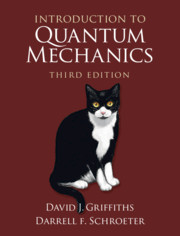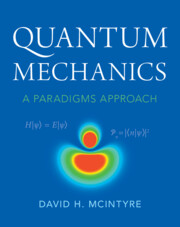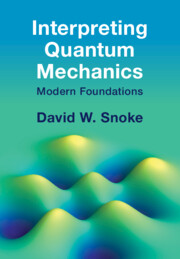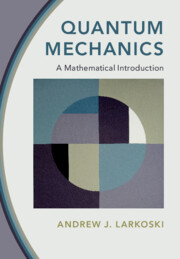Introduction to Quantum Mechanics
Changes and additions to the new edition of this classic textbook include a new chapter on symmetries, new problems and examples, improved explanations, more numerical problems to be worked on a computer, new applications to solid state physics, and consolidated treatment of time-dependent potentials.
- Provides clear and accessible explanations of the foundations of quantum mechanics, using an attractive and informal style
- It is thorough, with an appropriate amount of mathematical rigor and a good variety of examples and problems
- Students emerge with a confident understanding of what the theory says and how to apply it, a solid foundation for more advanced work, and an appreciation for one of the greatest products of the human mind
Reviews & endorsements
'The new updated edition looks great in terms of visual streamlining.' Fahim Ahmed, Central Michigan University
'The text distinguishes itself for clarity, readability and rigour, and completeness of coverage, including more advanced topics like scattering, quantum dynamics and Bell's theorem, therefore pointing in the direction of information theory and quantum computing. ' Stefano Leoni, Cardiff University
Product details
August 2018Hardback
9781107189638
508 pages
252 × 191 × 26 mm
1.25kg
Available
Table of Contents
- Part I. Theory:
- 1. The wave function
- 2. Time-independent Schrodinger equation
- 3. Formalism
- 4. Quantum mechanics in three dimensions
- 5. Identical particles
- 6. Symmetry
- Part II. Application:
- 7. Time-independent perturbation theory
- 8. The variational principle
- 9. The WKB approximation
- 10. Scattering
- 11. Quantum dynamics
- 12. Afterword
- Appendix A. Linear algebra
- Index.








